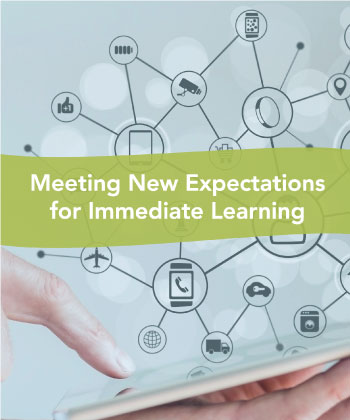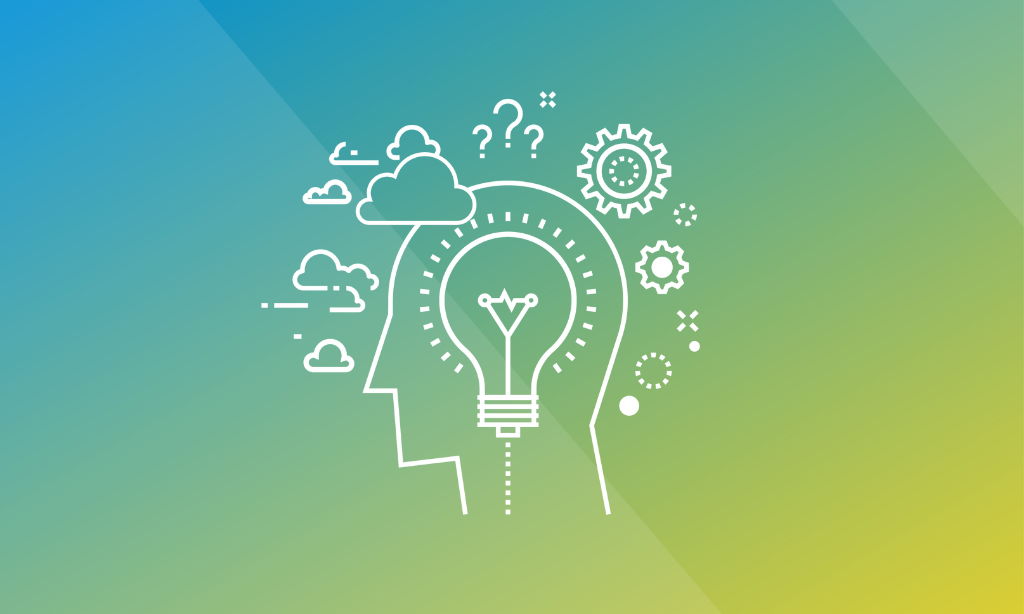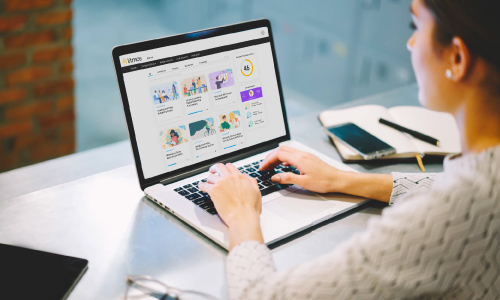Delivering Immediate, Continuous Learning

I recently co-presented a webinar with Litmos on this topic, as well as created an eBook, “Meeting New Expectations for Immediate Learning,” which looks at how companies are trying to make learning more instant and continuous. I encourage you to take a look at both of those resources, but in the meantime, here are some of the highlights:
- Companies need their employees to connect with learning on a frequent basis (often weekly or even daily), so they need tools and technologies that allow them to do that. Classes and courses cannot be every day occurrences, and are too unwieldy to address specific learning moments.
- When learners were asked what they wanted from learning technology, the number one response was access to information. Learners simply want what they need when they need it. Video is often the answer and is the number one way learners say they experience learning.
- Learners are challenged on all sides by a lack of time, a lack of focus and a lack of retention. Traditional classroom and eLearning not only do nothing to help this, they actually contribute to it. Continuous learning experiences are designed specifically to address these challenges.
- An effective learning environment should be designed to address both the needs of the organization and the needs of the learner. It has to be able to manage traditional learning, data, compliance, etc., as well as provide immediate access to relevant, impactful information.
To achieve all of those things, a few elements need to be present:
LMS
As learning experiences become more diverse and continuous, there needs to be a system that can keep track of it all, measuring results along the way.
Artificial Intelligence
Software can take in continuous streams of data and use algorithms to recognize patterns and make recommendations based on what is there. This gives the ability to deliver personalized learning experiences, curate content, and predict learning paths.
Content Management
An effective learning solution has to be able to manage a vast array of content in order for authors, subject matter experts and learners to find what it is they need quickly.
Coaching and Mentoring
An environment that connects people to one another as coaches and mentors helps keep learning immediate and continuous.
Again, please be sure to watch the recording of the webinar, as well as download the follow-up eBook for more details and information.




